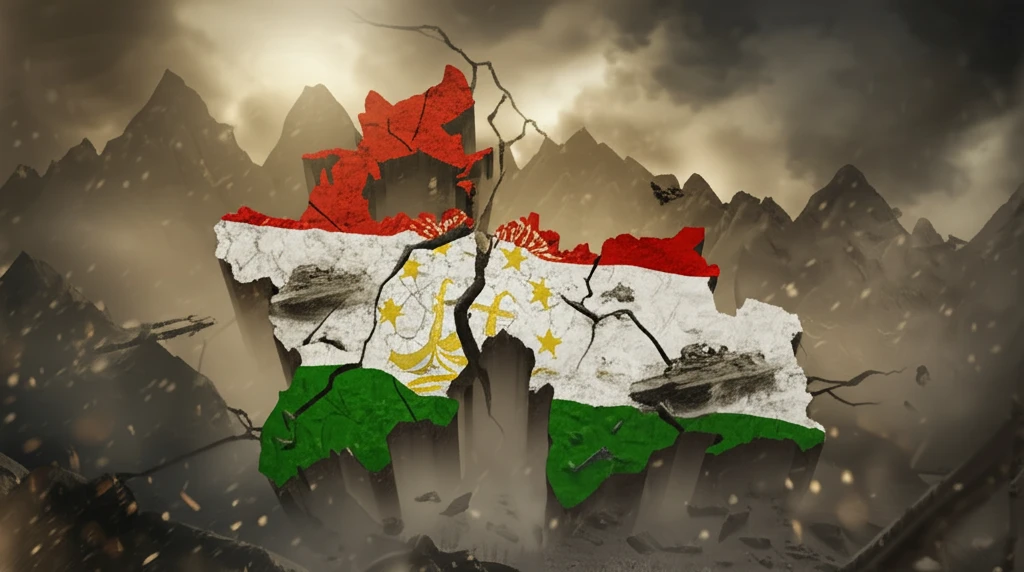
Tajikistan's Civil War: Unearthing Lessons for Today's Afghanistan
"Explore the historical roots and modern implications of Tajikistan's civil conflict, and what they mean for Afghanistan's future."
The echoes of civil conflict continue to resonate in Central Asia, particularly as they relate to the evolving situation in Afghanistan. A pivotal example is Tajikistan's five-year civil war (1992–1997), a brutal conflict that erupted shortly after the nation gained independence from the Soviet Union. According to Professor Tim Epkenhans, an expert in Islam, Iranian, and Central Asian history from the University of Freiburg, this war claimed between 40,000 and 100,000 lives out of a population of 5.5 million.
Tajikistan’s civil war holds the grim distinction of having the second-highest death toll in the post-Soviet era, surpassed only by the Chechnya-Russia conflicts of the 1990s, which, as reported by The New York Times, resulted in approximately 160,000 fatalities. The complexities of this conflict offer critical insights into the dynamics of civil wars and their long-lasting impacts.
The causes of the Tajik civil war were multifaceted, stemming from the spread of Islamism, inspired by cultural and linguistic ties with Afghanistan and Iran, coupled with severe economic disruptions following the collapse of communist rule. These factors led to fierce competition for state resources among armed groups, fueled by ethnic, regional, and ideological fervor. Understanding these root causes is essential for grasping the ongoing challenges in the region.
What Sparked the Tajik Civil War?

The Tajik civil war was characterized by a deep divide, pitting an alliance of neo-Soviets, primarily based in Dushanbe and the Kulob region, against Islamists largely from the mountainous eastern Gharm area. Many residents of Gharm had been relocated to the Vakhsh valley during the Soviet era to work as cotton farmers. This southern region of Qurghonteppa became the epicenter of violent clashes. The Islamist forces also drew support from anti-communist and anti-Russian Tajik nationalists, 'democrats,' and ethnic Pamiri Ismaili Muslims.
- Islamism: The rise of Islamic political and social movements in response to Soviet secularism.
- Economic Dislocation: The economic upheaval following the end of communist rule created instability and competition for resources.
- Ethnic and Regional Tensions: Long-standing divisions between regions and ethnic groups exacerbated the conflict.
- External Support: Aid and sanctuary provided by regional powers like Iran and Afghan warlords fueled the opposition.
Navigating the Path Forward: Lessons from Tajikistan
The unresolved issues in Tajikistan—including a lack of political pluralism, heightened income disparity, persistent poverty, corruption, and human rights violations—underscore the long-term challenges that post-conflict societies face. As Afghanistan grapples with its own set of complex issues, the experiences of Tajikistan offer valuable lessons in navigating the delicate balance between security, governance, and social justice. Understanding these historical and political dynamics is crucial for fostering stability and preventing future conflicts in the region.
